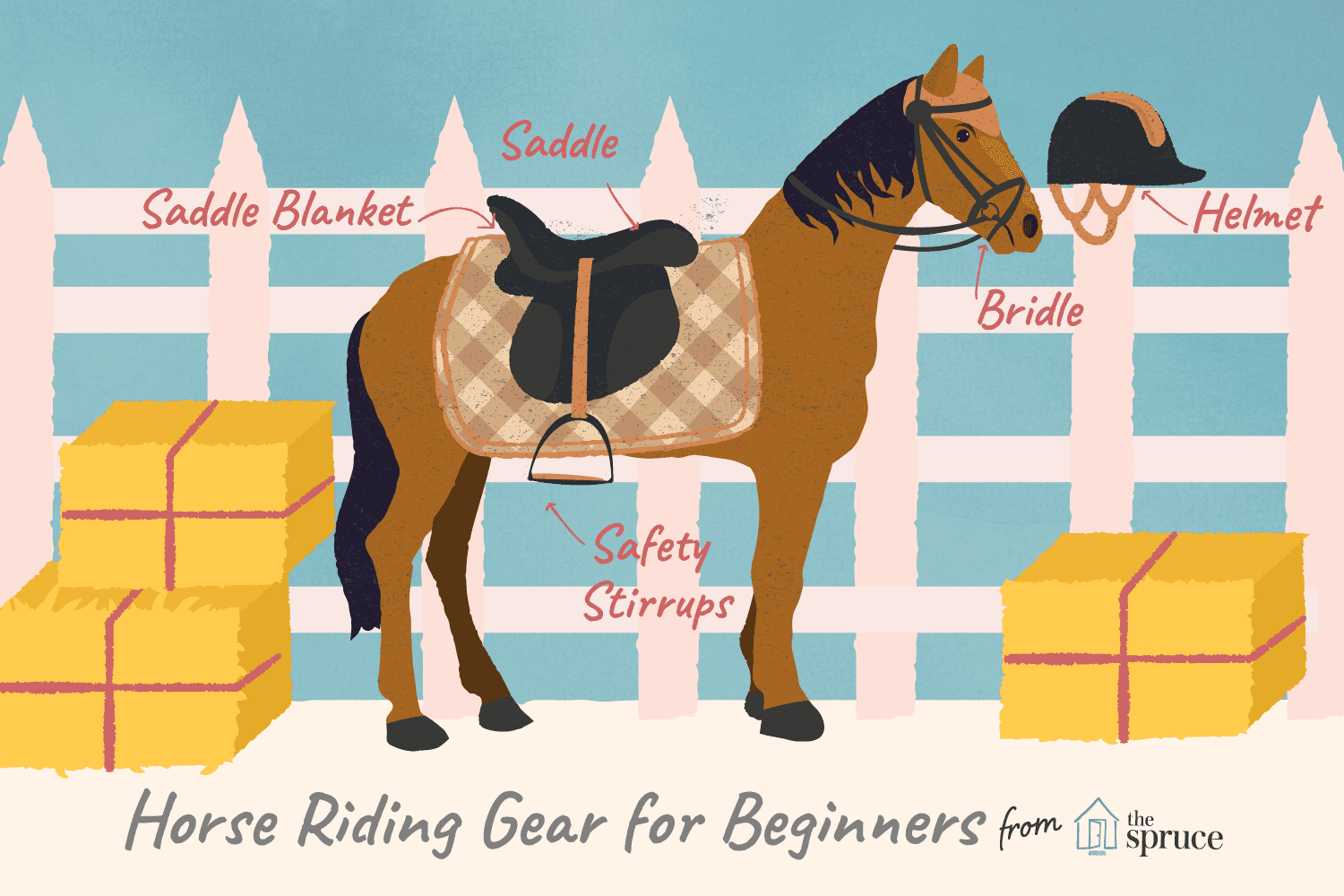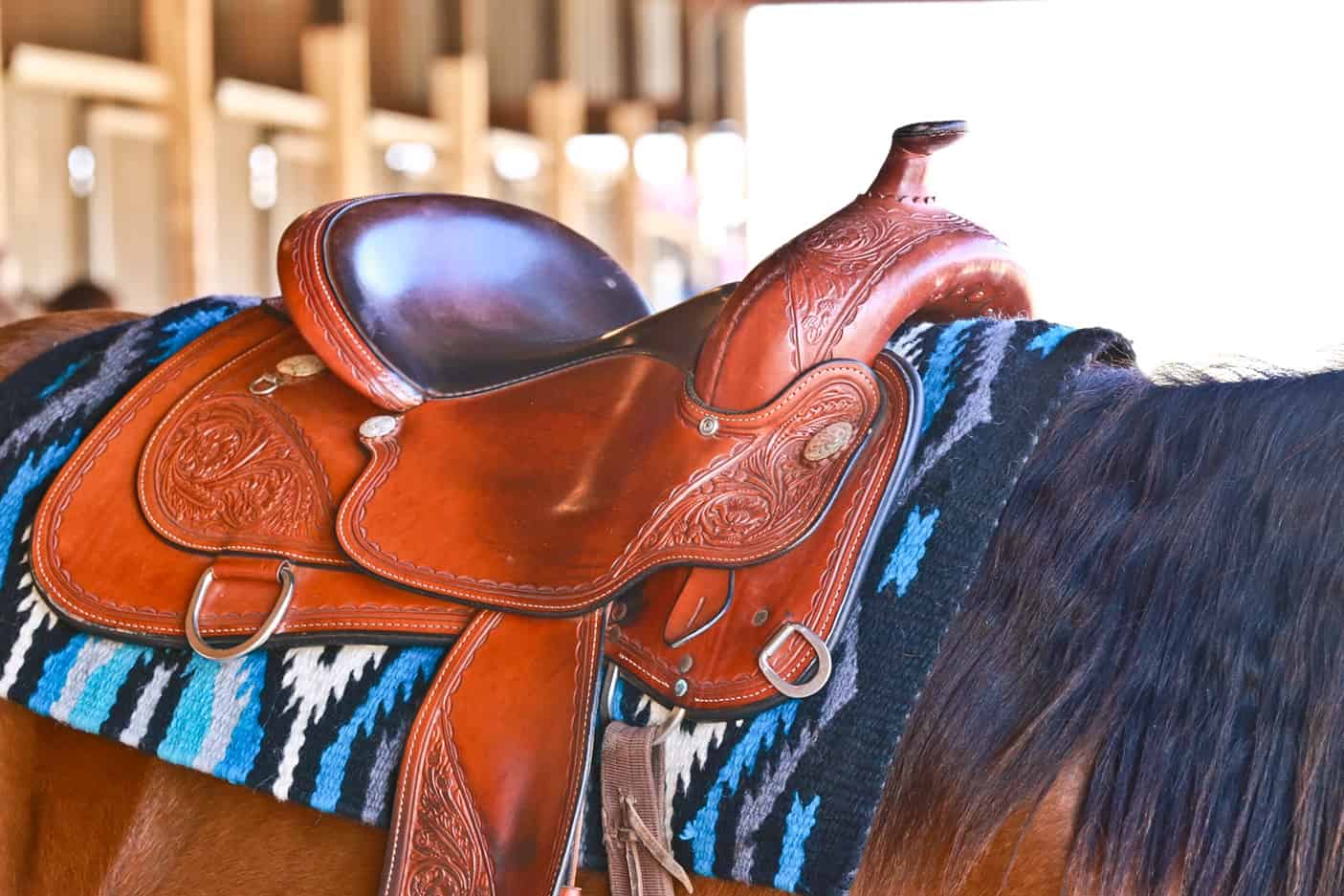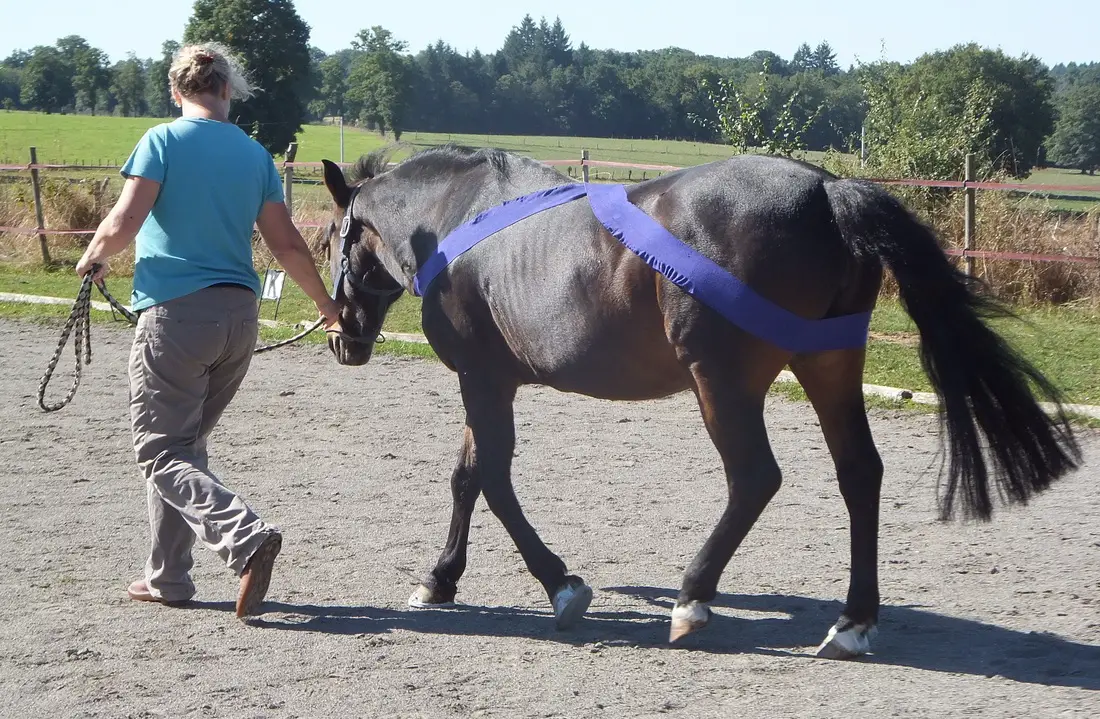Horseback riding is a popular and rewarding activity, but it’s essential to ensure the comfort and well-being of the horse. One way to do this is by using a well-fitted saddle pad. Making your own saddle pads for horses can be a fun and creative project, and it allows you to customize the fit and style to suit your horse’s needs. In this article, we will guide you through the process of making saddle pads for horses, providing step-by-step instructions and valuable tips.
Materials Needed

Before starting the process of making a saddle pad for your horse, it’s important to gather all the necessary materials. Here’s a list of items you’ll need:
- Measuring tape
- Fabric for the top layer (such as cotton, wool, or synthetic fabric)
- Fabric for the bottom layer (preferably a moisture-wicking material)
- Quilt batting or foam padding
- Scissors
- Sewing machine and thread
- Straight pins
- Velcro or straps for securing the pad to the saddle
- Marking pen or chalk
Choosing the Right Design

When making a saddle pad for your horse, it’s important to consider the design that will best suit your horse’s needs. The shape and thickness of the pad can impact the fit and comfort for the horse. Factors to consider include the type of riding, the shape of the horse’s back, and any specific comfort or support requirements.
Shape and Size
Before you start cutting your fabric, it’s crucial to measure your horse’s back to determine the appropriate size for the saddle pad. Use a measuring tape to measure the length from the front of the withers to the back of the saddle, as well as the width across the horse’s back. This will help you create a template for cutting the fabric to the correct size and shape.
Thickness and Padding
The thickness and padding of the saddle pad will depend on the specific needs of your horse. If your horse has a sensitive back or requires additional cushioning, you may want to use thicker padding or multiple layers of quilt batting. Conversely, for horses that need minimal padding, a thinner pad may be more suitable.
Creating the Saddle Pad

Now that you have gathered your materials and determined the design for your saddle pad, it’s time to start creating the pad. Follow these step-by-step instructions to make a customized saddle pad for your horse:
Step 1: Cutting the Fabric
Using the measurements you took earlier, create a template for the top and bottom layers of the saddle pad. Cut the fabric to the appropriate size, ensuring that the top layer is slightly larger than the bottom layer to allow for seam allowances.
Step 2: Adding Padding
Place the quilt batting or foam padding between the top and bottom layers of the fabric. Smooth out any wrinkles or folds in the padding to ensure an even distribution of cushioning.
Step 3: Sewing the Layers
Pin the layers of fabric and padding together, ensuring that they are aligned properly. Use a sewing machine to stitch around the edges, leaving a small opening for turning the pad right side out. Be sure to reinforce the stitching at stress points to ensure durability.
Step 4: Finishing Touches
After sewing the layers together, carefully turn the pad right side out through the opening. Hand-stitch the opening closed, and add any additional features such as decorative trim or quilting to enhance the pad’s appearance and functionality.
Adding Straps or Fastenings

To secure the saddle pad to the horse’s back, you will need to attach straps or fastenings to the pad. Depending on your preference, you can use Velcro, adjustable straps, or billet straps to ensure that the pad stays in place during riding. Sew these fastenings securely to the pad, taking care to position them in the appropriate locations to prevent slippage or discomfort for the horse.
Customizing the Pad

Once the basic saddle pad is complete, you can further customize it to meet your horse’s needs and reflect your personal style. Consider adding features such as moisture-wicking lining, extra padding in specific areas, or special stitching patterns to enhance the pad’s functionality and appearance.
Moisture-Wicking Lining
To help keep your horse dry and comfortable during riding, consider adding a moisture-wicking lining to the bottom layer of the saddle pad. This will help draw sweat away from the horse’s back and prevent the pad from becoming saturated with moisture.
Additional Padding and Support
If your horse requires extra support in specific areas, such as the withers or the back, you can customize the pad by adding additional padding or inserts to provide targeted cushioning and support.
Decorative Embellishments
Personalize the saddle pad by adding decorative embellishments such as piping, embroidery, or contrasting stitching. These decorative elements not only enhance the pad’s appearance but also allow you to express your individual style and preferences.
Maintaining and Caring for Saddle Pads

Proper maintenance and care are essential for ensuring the longevity and functionality of your saddle pads. After each use, it’s important to clean and air out the pads to prevent the buildup of sweat and bacteria. Additionally, regular inspection for wear and tear, and timely repairs or replacements, will help keep the pads in good condition and ensure the comfort of your horse.
If you’re interested in caring for your horse’s equipment, you might also want to learn about cutting horse stall mats, washing horse blankets, and cleaning horse boots. These articles can provide valuable insights into maintaining your horse’s gear!
Conclusion
Making saddle pads for horses can be a rewarding and practical endeavor for horse enthusiasts. By following the steps outlined in this article, you can create customized saddle pads that provide optimal comfort, support, and style for your horse. Whether you’re an experienced equestrian or a hobbyist, the process of making saddle pads allows you to tailor the fit and design to meet the specific needs of your horse, ultimately enhancing the riding experience for both you and your equine companion.



